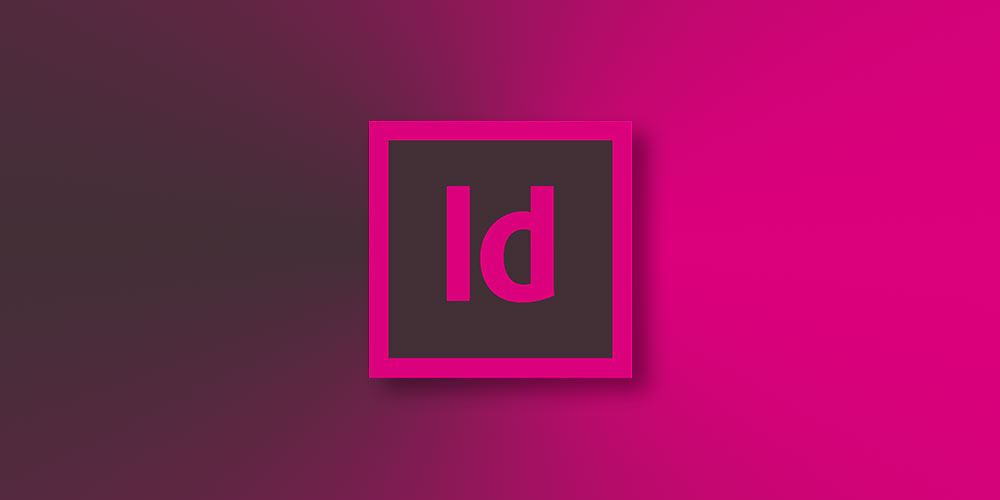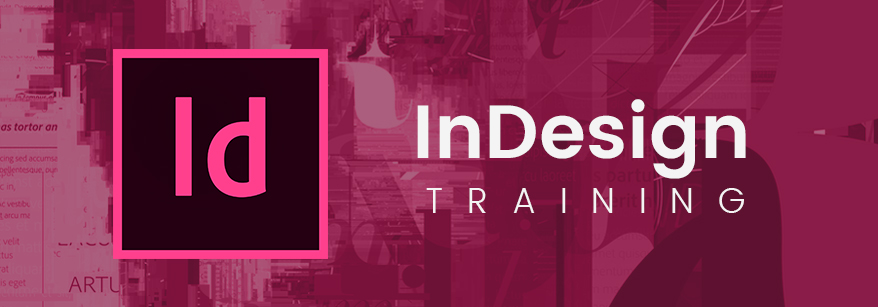

The bad: there is some learning curve involved on top of ID skills, and it's rather pricey, somewhat more than the Adobe subscription itself depending on which package you use.īoth are basically that last option, a "web page" e-doc. The good: it's easy to use and does an excellent job, and the results are permanent. It does the same thing, turns ID docs into seamless and very sturdy web-based online documents. The parallel solution is what was mentioned above, a plugin/service called ID5. So your client will only have access to it as an online resource as long as your Adobe subscription is active, to start with, and as an indirect part of it.) (The other-other bad news is that because it's wholly hosted and controlled by Adobe, it's only available as long as the creator subscription is active, and changes up to complete discontinuation are entirely in Adobe's hands.

The other bad news is that it's inherently tied to a single hosting solution, so it can't be packed and hosted from, say, the client site or your own. An interactive document is bread-and-butter for it. The bad news is that it's not perfect, although the problems tend to come in when designers try to push the envelope of interactivity and those fancy bits. The good news is it's 'free' as part of the Adobe suite, and fairly easy to get good results from established ID skills. That's probably what you're asking about. One is to use the relatively new extension of InDesign, Publish Online - it is basically a web emulation of InDesign documents, with some fancy bits available. There's not really any good fourth solution. just not easily or (using most available tools) inexpensively. But it can do everything you're asking, and more.

The problem, of course, is that security is zero, and the content is anything but a 'book' that can be managed and distributed anything but the very simplest pages need to be presented as dozens to hundreds of supporting files from a single (server) location. but it is a difficult, fussy format and the gamut of readers is vast, from absolute junk (including Adobe's own) to ones that carefully maintain the standards and requirements, but thus don't support fancy "extension" features that get into the realm you're asking for.įrom your brief sketch of needs, the platform I would use would be HTML/CSS - plain old web pages, which have been forgotten as an excellent document platform, with just about all the fancy features and multimedia and interactive abilities that are so often demanded. Yes, you can create fixed or reflowable EPUB e-books, and you may even be able to implement every fancy "tabbed page" and link and animated bit of content you like. probably not a good choice for a number of reasons, mostly in that the reader problem expands by leaps and bounds. And no, you will never, ever get any but a small, select audience to either understand this or go to the trouble of using Reader, even though they probably have it installed they "like" the one built into Chrome or their IT department insists on everyone using Foxit, and *boom* go all your carefully constructed interactive features, and it's all your fault, of course.ĮPUB is. The downside is that security is poor (almost anyone can copy it or 'crack' the content) and that in place of that standard, reliable reader (Adobe Acrobat or Acrobat Reader), a vast majority of users will try to use aftermarket versions that do a lousy job with anything but the simplest pages and links.
#Adobe indesign course free
It's easy to create in many ways (including from ID), simple to export, relatively small in size and has a standard free reader for most major platforms.

#Adobe indesign course pdf
If all of your demands are otherwise simple (no multimedia, limited need for security and DRM, etc.) then PDF is your answer. And no, that trifecta (was there a horse race this weekend?) is not easy to achieve. And while you can do that combination with, oh, at least a half-dozen solutions offhand, it will mean that each and every reader will have to have a compatible "book," opened in a compatible "reader," on a compatible platform or "computer" to use a broad term.
#Adobe indesign course software
If there's a single reason the answers are so elusive, it's that every format demands a reader of some kind, software to actually present the book and pages and click-buttons and animations and sounds and all that. There isn't really "an e-book format" that does what so many examples seem to do, easily and without complicated drawbacks. I realize this sounds like a simple question, to which there should be some straightforward answer, but the truth is.


 0 kommentar(er)
0 kommentar(er)
